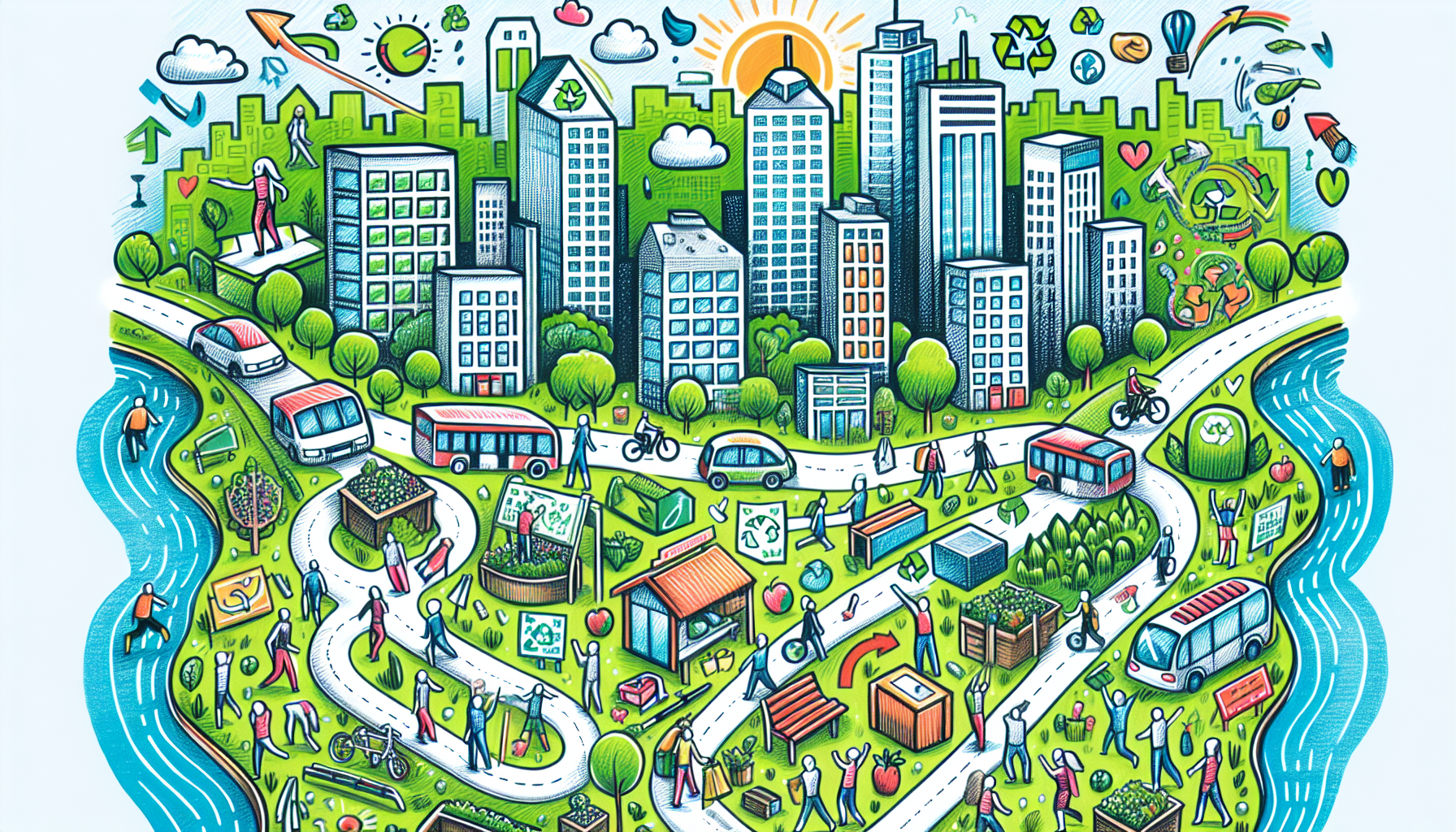The Unseen Impact of EA Careers on Public Health

Environmental analysts serve as crucial intermediaries between scientific research and practical policy implementation. Their responsibilities include assessing environmental data, identifying potential hazards, and recommending strategies to mitigate risks to human health. EAs possess expertise across various sectors, including air and water quality management, waste management, and urban planning. By analyzing the intricate relationship between environmental conditions and health outcomes, EAs help shape policies that safeguard vulnerable populations and advocate for sustainable practices.
Case Study 1: Air Quality Monitoring and Public Health
A compelling example of the impact of environmental analysts on public health can be seen in air quality management. In cities grappling with pollution, EAs collect and analyze air quality data to pinpoint sources of harmful emissions. A notable project in Los Angeles, California, involved EAs collaborating with local health departments to investigate the correlation between air quality and asthma rates among children. Their findings prompted the implementation of stricter regulations on vehicle emissions and industrial discharges. This initiative resulted in significant improvements in air quality and a corresponding decrease in asthma-related hospital visits, showcasing how EAs can directly influence public health outcomes.
Case Study 2: Water Quality Assessments
Environmental analysts have also played a critical role in water quality assessments. The Flint water crisis serves as a stark reminder of the consequences of environmental neglect. EAs in Flint were instrumental in uncovering the lead contamination that compromised the city’s water supply. Through meticulous testing and data analysis, they provided evidence that spurred public awareness and pressured local authorities to address the issue. Their efforts not only facilitated funding for infrastructure improvements but also ignited a broader discourse on environmental justice and the fundamental right to clean water for all communities.
Supporting Public Health Initiatives
Beyond individual case studies, EAs contribute significantly to public health initiatives at various levels. They engage in public health assessments, help design health education programs, and collaborate with community organizations to address local environmental health concerns. A noteworthy collaboration occurred in New York City, where EAs partnered with public health officials to mitigate heat-related illnesses during heat waves. By analyzing the urban heat island effect, their research informed community planning initiatives, leading to the installation of green roofs and an increased tree canopy coverage. These efforts improved the city’s resilience to extreme heat, enhancing overall community health.
Challenges and Opportunities
Despite their vital role, environmental analysts encounter challenges in effectively translating scientific data into actionable policy. A significant hurdle lies in the communication gap between scientists and policymakers. Scientific findings can often be complex and difficult to convey in a manner that prompts public health initiatives. To bridge this gap, EAs are increasingly honing their storytelling and advocacy skills, leveraging their data to champion health-focused policies that resonate with decision-makers and the public alike. Moreover, as public awareness of environmental health issues grows, the demand for environmental analysts is expected to rise. This trend presents a unique opportunity for emerging professionals in the field to engage with community health initiatives, drive policy reforms, and contribute to a healthier future for all.
The role of environmental analysts in shaping public health is both vital and often overlooked. Through their rigorous analysis and commitment to environmental integrity, EAs are making significant strides in enhancing community health outcomes. As we face escalating environmental challenges, the work of environmental analysts will only become more critical. By acknowledging their contributions and advocating for stronger policies, we can harness the full potential of environmental analysis to protect public health and foster sustainable environments for all. In doing so, we ensure that the unseen impact of EA careers continues to resonate within our communities for generations to come.
Air Quality Specialist
Environmental consulting firms, government agencies (e.g., EPA), and non-profit organizations focused on air quality
Core Responsibilities
Monitor and analyze air quality data to identify pollution sources and trends.
Develop and implement air quality management strategies in collaboration with local governments.
Prepare reports and presentations to communicate findings to stakeholders and the public.
Required Skills
Strong analytical skills with proficiency in statistical software (e.g., R, Python).
Knowledge of environmental regulations and air quality standards.
Excellent communication skills for public outreach and education initiatives.
Water Quality Analyst
Municipal water treatment facilities, environmental agencies, and research institutions
Core Responsibilities
Conduct water sampling and testing to assess contamination levels and compliance with safety standards.
Collaborate with public health officials to address water quality issues and implement remediation measures.
Analyze data to identify trends and report findings to regulatory bodies and the community.
Required Skills
Expertise in water quality monitoring techniques and laboratory analysis.
Familiarity with environmental laws and public health guidelines.
Strong problem-solving skills and ability to work in multidisciplinary teams.
Environmental Health Educator
Non-profit organizations, health departments, and educational institutions
Core Responsibilities
Develop and deliver educational programs on environmental health issues to diverse community groups.
Collaborate with healthcare providers and local organizations to promote public awareness of environmental risks.
Evaluate program effectiveness and adjust initiatives based on community feedback and health outcomes.
Required Skills
Strong background in public health and environmental science.
Excellent presentation and interpersonal communication skills.
Experience in curriculum development and community outreach strategies.
Urban Environmental Planner
City planning departments, urban development firms, and environmental NGOs
Core Responsibilities
Assess environmental impacts of urban development projects and recommend sustainable practices.
Collaborate with government agencies and community stakeholders to integrate health considerations into urban planning.
Conduct studies on urban heat effects and propose solutions for climate resilience.
Required Skills
Proficiency in GIS (Geographic Information Systems) and environmental modeling software.
Strong understanding of zoning laws and environmental regulations.
Ability to navigate complex stakeholder dynamics and advocate for community health interests.
Environmental Policy Analyst
Think tanks, government agencies, and advocacy organizations focused on environmental and public health policies
Core Responsibilities
Analyze and evaluate the effectiveness of existing environmental policies related to public health.
Conduct research to support the development of new policies aimed at mitigating environmental health risks.
Engage with policymakers, stakeholders, and the public to advocate for evidence-based policy changes.
Required Skills
Strong research and analytical skills with experience in policy analysis and legislative processes.
Excellent written and verbal communication skills for effective advocacy.
Understanding of environmental science and public health principles.


